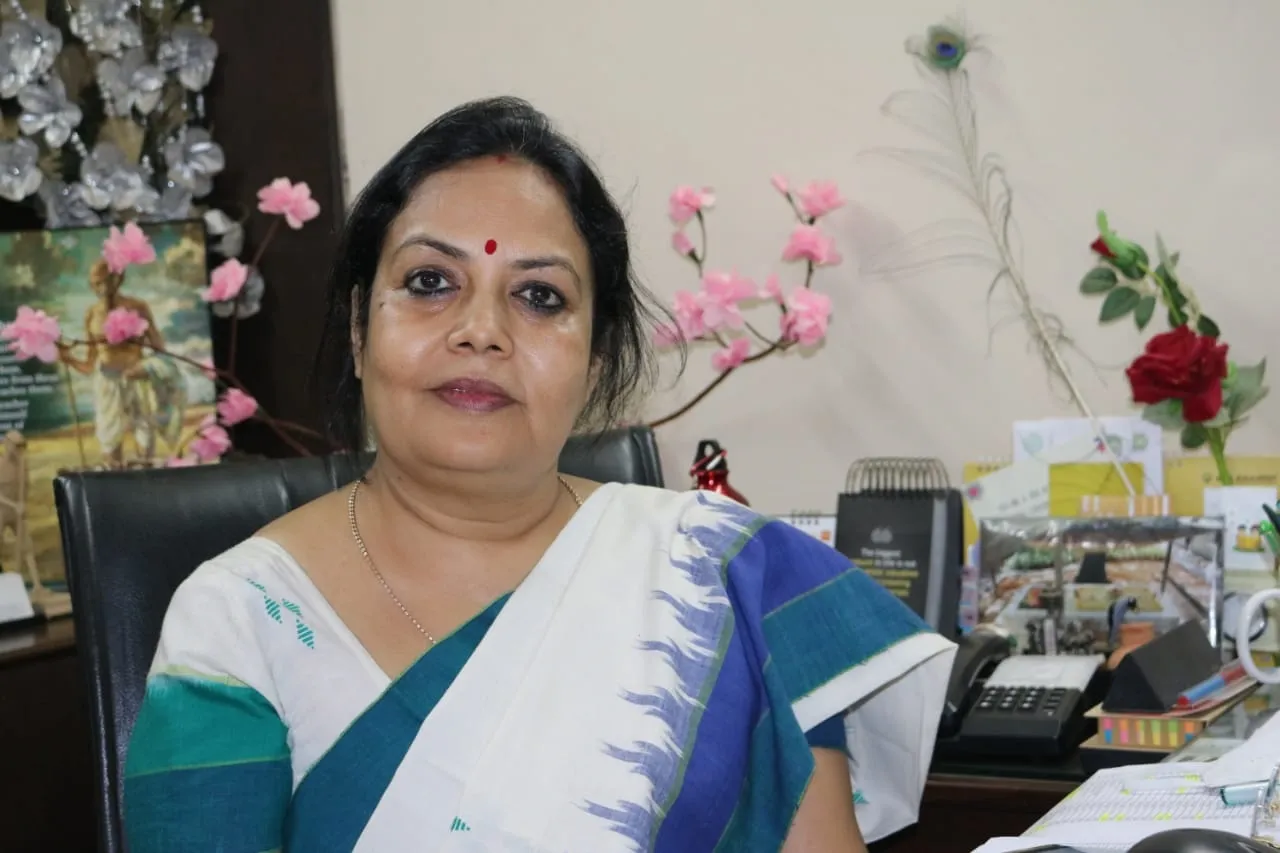That Covid-19 has changed the way we live is not news anymore. The lethal virus has led to tectonic shifts in almost every aspect of our lives and we’re still grappling with the repercussions of these radical changes. What we’re also debating is what the new normal is in the educational sector. Soon after it became clear that this was no passing virus, educational institutions started online teaching – and students and teachers adapted rather quickly to the changing methods of teaching, learning, and grading. This success, however, has led to widespread speculation that the pandemic has sparked a transformative change.

The truth is that the future is not so black and white anymore – there’s a lot of grey in between. What we seem to be moving towards is a hybrid model of learning – a mix of online and offline. While in-campus teaching will definitely return, there will also be a wealth of options available online, for those who prefer it. But, will one take precedence over the other? Not really – because both have their unique characteristics that make them worthwhile. People will learn to use the two together. However, the truth is that online learning can never really replace an in-campus experience. The teacher plays a crucial role in the process. You can’t transition an emotional or intellectual bond online. Direct motivation and feedback are not to be replaced any time soon.
Learning subject content is a major purpose for online teaching. However, the students in the class experienced feelings of success in learning through online teaching and this has to do with their confidence in utilizing technology. While minimizing the limitations of not being able to meet in classrooms, we tried to maximize the benefits of online teaching and learning. Teachers presented visual materials on the screen more attractively through drawing on the whiteboard or showing picture stories on a PowerPoint. Online teaching and learning was supported by appropriate instructional strategies and collaborations. The joy of learning has been kept intact by conducting assemblies, sports day, CCA activities and exhibitions online.
The state government has allowed opening of educational institutions. The management of Mother’s Public School. Unit 1 decided to resume classes for Std X & XII students from January 2021 following the safety guidelines issued by the state government and after attending a meeting conducted by BMC on January 6, 2021. The school premises, classrooms, and washrooms are sanitized at regular intervals. An isolation room has been set up in case of any emergency.
Covid-19 will shape the education landscape and the next decades to come. As with the health impact of the pandemic, the educational impact will be mediated by how humans respond, by the actions or omissions of students, parents, teachers and school and system level leaders in anticipation and during the pandemic.
As we rebuild and reinvent ourselves in response to Covid-19, there is an opportunity to accelerate the thinking on how best to support quality education for all. In the months and years ahead, coalitions of evidence-to-policy organizations, implementation partners, researchers, donors, and governments should build on their experiences to develop education-for-all.
Poly Patnaik is the founder-cum-principal of Mother’s Public School.
Follow Us:
